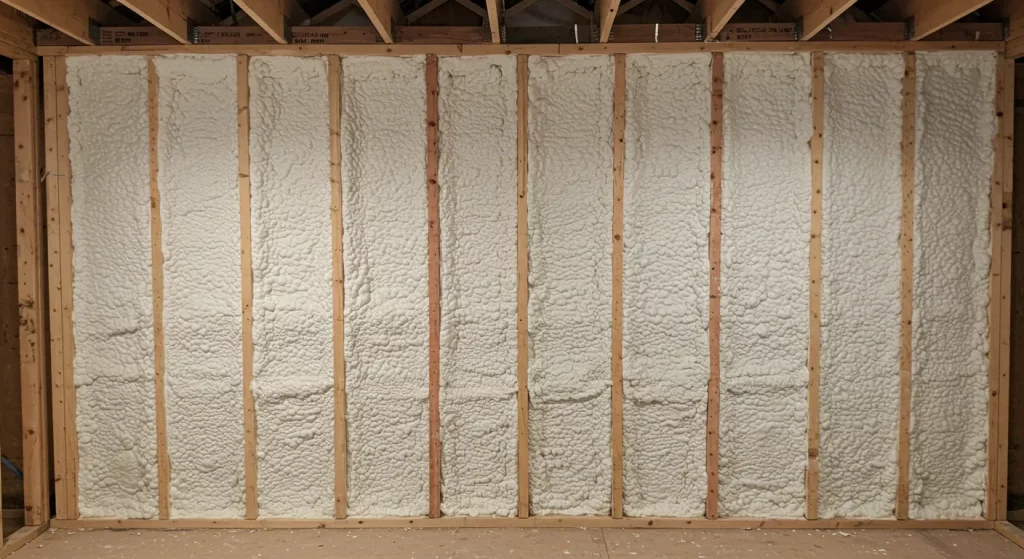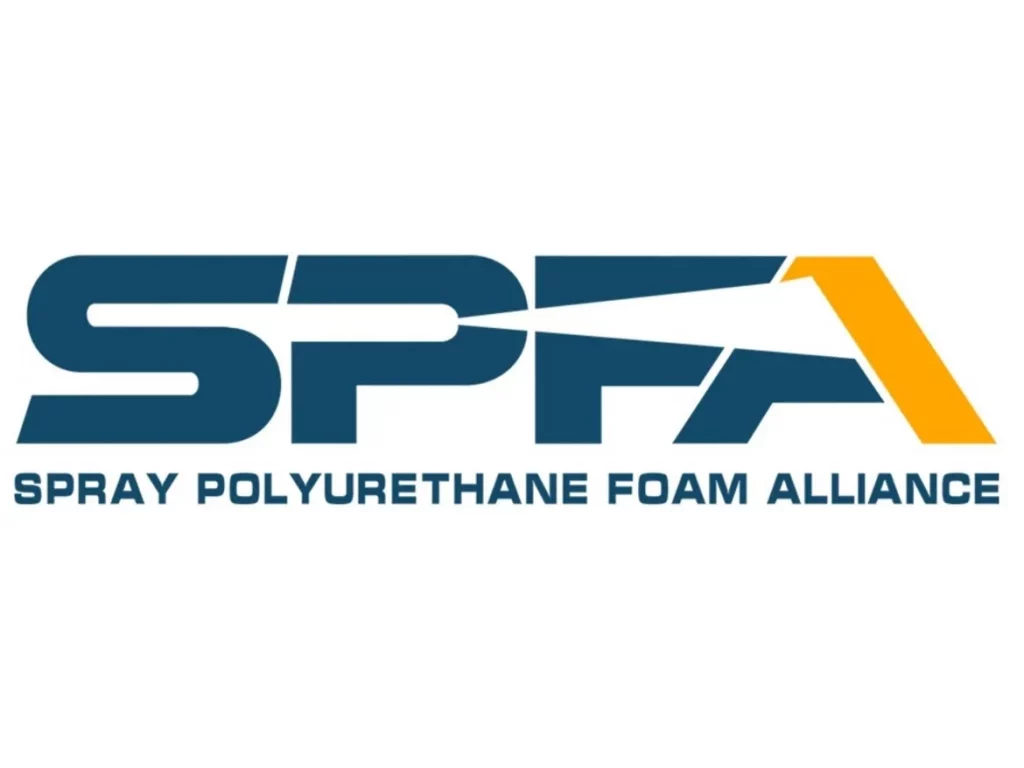Spray foam insulation prevents moisture damage in Wichita by forming an airtight, water-resistant barrier that seals gaps and cracks in building envelopes. Closed-cell spray foam, in particular, resists water infiltration and inhibits condensation buildup within walls, roofs, and crawlspaces. This protection is critical in Wichita’s climate, which experiences high humidity during summer and rapid temperature fluctuations that can promote moisture intrusion and mold growth.
Unlike traditional insulation materials such as fiberglass or cellulose, spray foam adheres to surfaces and blocks both air and moisture infiltration. This stops warm, moist air from contacting cooler surfaces inside a structure, which is the main cause of condensation. The result is a controlled interior environment that minimizes structural decay, mold proliferation, and energy loss.
Arma Coatings of Wichita applies spray foam using trained, certified installers with experience in Kansas’ regional building codes and weather patterns. This ensures correct application thickness, curing, and ventilation protocols to avoid future issues.
How Moisture Problems Arise in Wichita Buildings
Key Factors Driving Moisture Damage
- Humidity: Wichita averages 65% annual relative humidity with spikes above 80% in summer.
- Temperature swings: Sharp drops at night create dew points that lead to condensation.
- Air leaks: Gaps in framing, sheathing, and utility penetrations let moist air in.
- Inadequate insulation: Traditional materials often trap moisture without blocking air.
[Image: Infrared scan showing moisture accumulation behind poorly insulated walls]
Why Spray Foam Performs Better Than Other Insulation Types
Spray foam insulation blocks air and water in a single step. Closed-cell foam offers moisture resistance with a high R-value per inch, while open-cell foam controls humidity and adds soundproofing benefits.
Comparison Table: Moisture Performance of Insulation Types
| Insulation Type | Air Seal Quality | Water Resistance | R-Value per Inch | Mold Resistance | Lifespan |
|---|---|---|---|---|---|
| Closed-Cell Spray Foam | Excellent | Excellent | 6.0 – 7.5 | High | 30+ yrs |
| Open-Cell Spray Foam | Good | Moderate | 3.5 – 4.0 | Moderate | 20+ yrs |
| Fiberglass | Poor | Poor | 2.9 – 3.8 | Low | 10-25 yrs |
| Cellulose | Poor | Poor | 3.2 – 3.8 | Low | 10-20 yrs |
Bonus Tip: Closed-cell spray foam should be used in crawlspaces, rim joists, and exterior walls where moisture intrusion is most likely.
Technical Properties of Spray Foam That Control Moisture
Closed-Cell Spray Foam Specifications
| Property | Value Range | Function Related to Moisture Control |
|---|---|---|
| Permeability (perm) | <1.0 | Low perm rating prevents water vapor movement |
| R-Value (per inch) | 6.0 to 7.5 | Limits temperature-driven condensation |
| Water Absorption (by volume) | <2% | Resists liquid water intrusion |
| Air Leakage Rate | 0.002 L/s·m² or less | Creates a full building envelope seal |
Source: SPFA Technical Data Sheet 2024, ASTM E283

Things to Consider Before Making a Decision
- Building Type: Agricultural structures, metal buildings, and pole barns require different insulation strategies than homes.
- Budget vs. Performance: Closed-cell foam costs more but provides moisture resistance and structure reinforcement.
- Local Codes: Wichita requires vapor retarders in certain assemblies; compliance matters.
- Seasonality: Application in cold weather requires heating equipment and curing control.
- Existing Conditions: Prior water damage or mold may require removal before installation.
Bonus Tip: Buildings with metal siding are more prone to internal condensation. Closed-cell foam applied to the interior surface controls this problem long-term.
Practical Services from Arma Coatings of Wichita That Prevent Moisture Issues
- Closed-Cell Foam Insulation: Moisture-resistant foam that strengthens walls and limits vapor movement.
- Metal Building Insulation: Spray foam systems tailored for high-condensation environments.
- Pole Barn Spray Foam: Seamless air and moisture barrier for agricultural and storage buildings.
- Spray Foam Air Barriers: Applied in walls and roofs to block vapor and air in one installation.
Common Questions Before Choosing Moisture Control Solutions
What areas are most vulnerable to moisture in a Wichita building?
Basements, crawlspaces, rim joists, and roof decks are most exposed to moisture due to condensation, ground contact, or poor airflow.
Does spray foam replace the need for a vapor barrier?
Closed-cell spray foam often meets vapor barrier requirements, depending on thickness. Confirm local code before omitting traditional barriers.
Can spray foam be applied over damp surfaces?
No. Surfaces must be dry and clean. Any trapped moisture can compromise adhesion and create long-term problems.
Is open-cell or closed-cell foam better for Wichita?
Closed-cell foam is preferred for exterior walls and unvented roofs due to moisture resistance. Open-cell can be used in interior partitions.
Get Expert Insulation Guidance
Discuss your building’s specific moisture concerns with professionals trained in Kansas climate performance. Arma Coatings of Wichita offers practical, building-code compliant insulation systems based on years of field experience.
Contact Information Phone: (316) 755-9100 Email: [email protected]
FAQs for Long-Term Use and Performance
How does spray foam insulation impact HVAC efficiency?
Air sealing reduces HVAC load and runtime, extending equipment life and lowering costs.
Will spray foam degrade over time?
Closed-cell spray foam maintains structure and performance for decades without shrinking or sagging.
How do I check for hidden moisture after installation?
Use a moisture meter to scan walls periodically, especially in high-risk areas.
Can spray foam trap moisture if incorrectly applied?
Yes. Incorrect thickness or poor ventilation can create trapped vapor zones. Proper installation prevents this.
Does spray foam require maintenance?
No ongoing maintenance is needed, but routine inspections can catch structural or drainage issues early.





